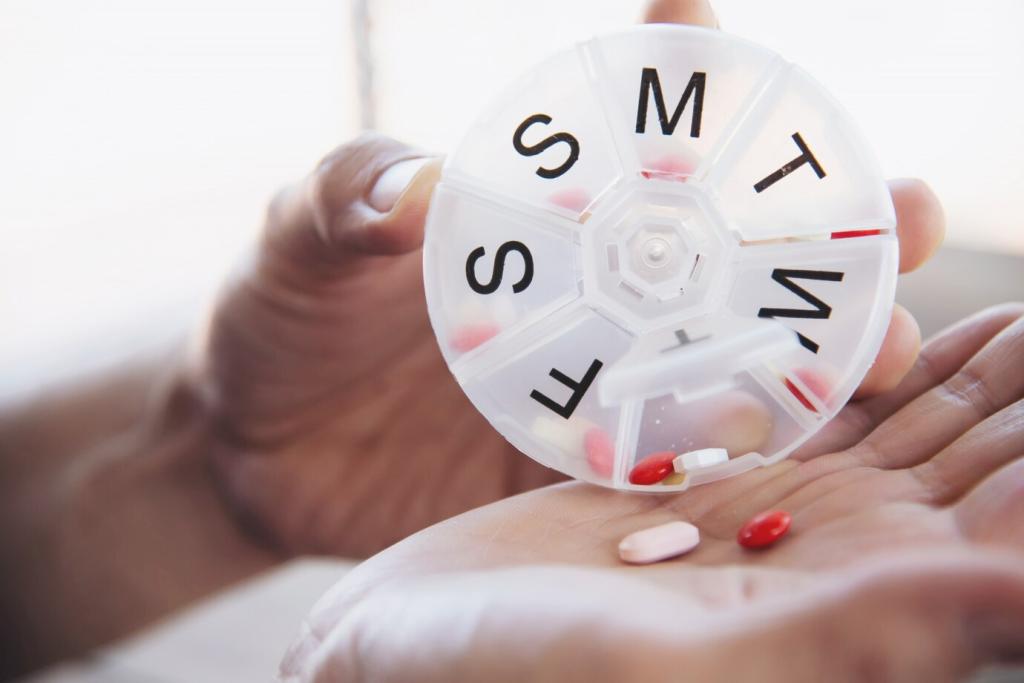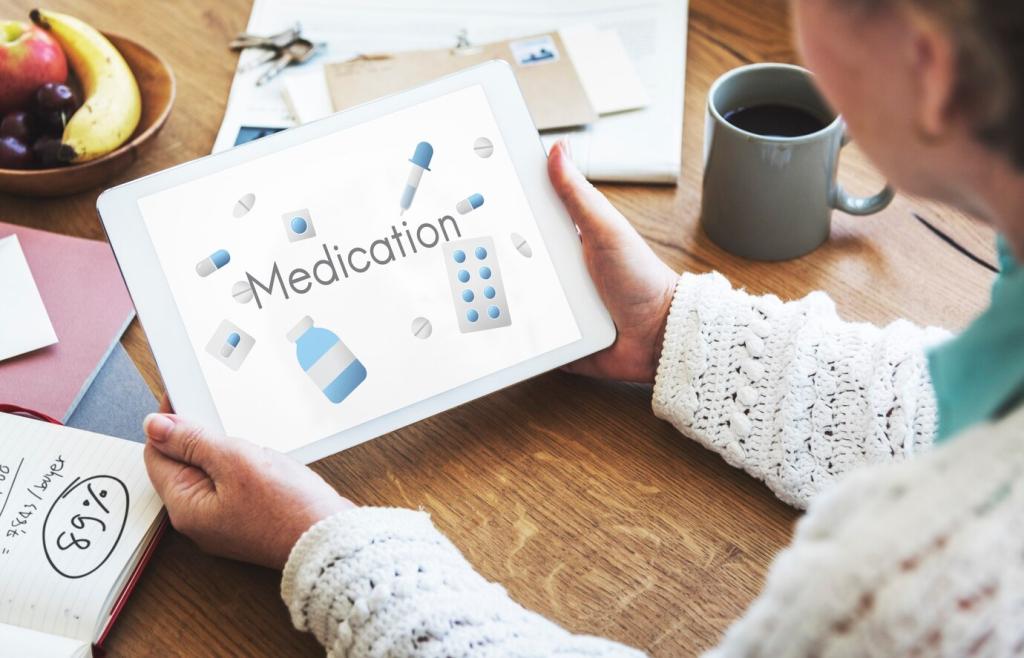
Bridging Canvas and Clinic: Integrating Art Therapy into Conventional Mental Health Treatment
Chosen theme: Integrating Art Therapy into Conventional Mental Health Treatment. Step into a welcoming space where evidence-based care meets creative expression, transforming treatment plans into living, breathing journeys of healing. Join us as we blend structured therapy with artful practice, and subscribe to stay connected with new insights, tools, and heartfelt stories.
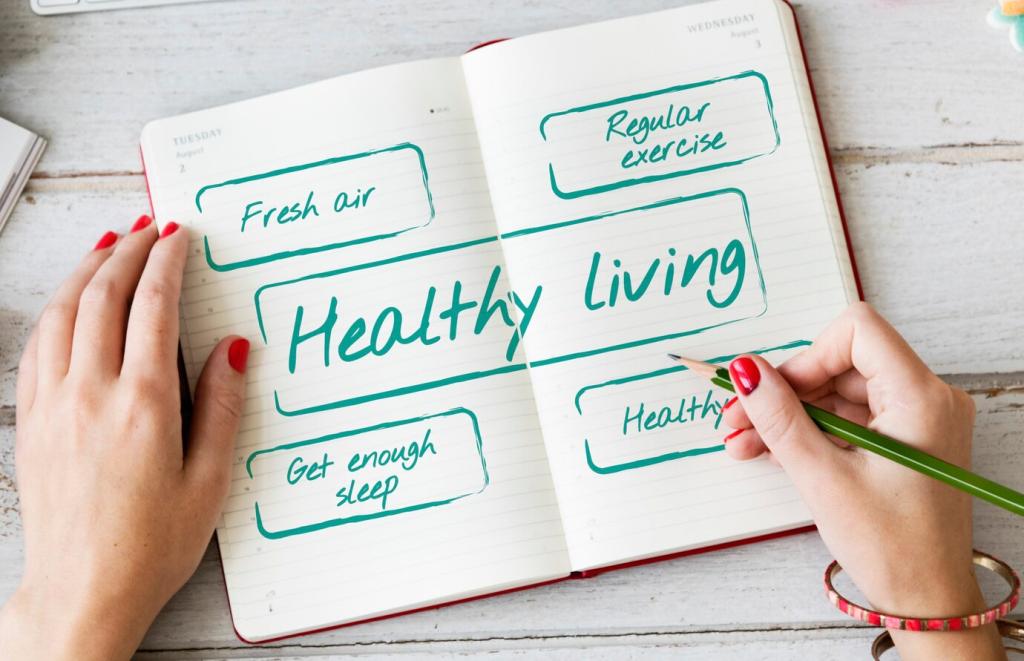
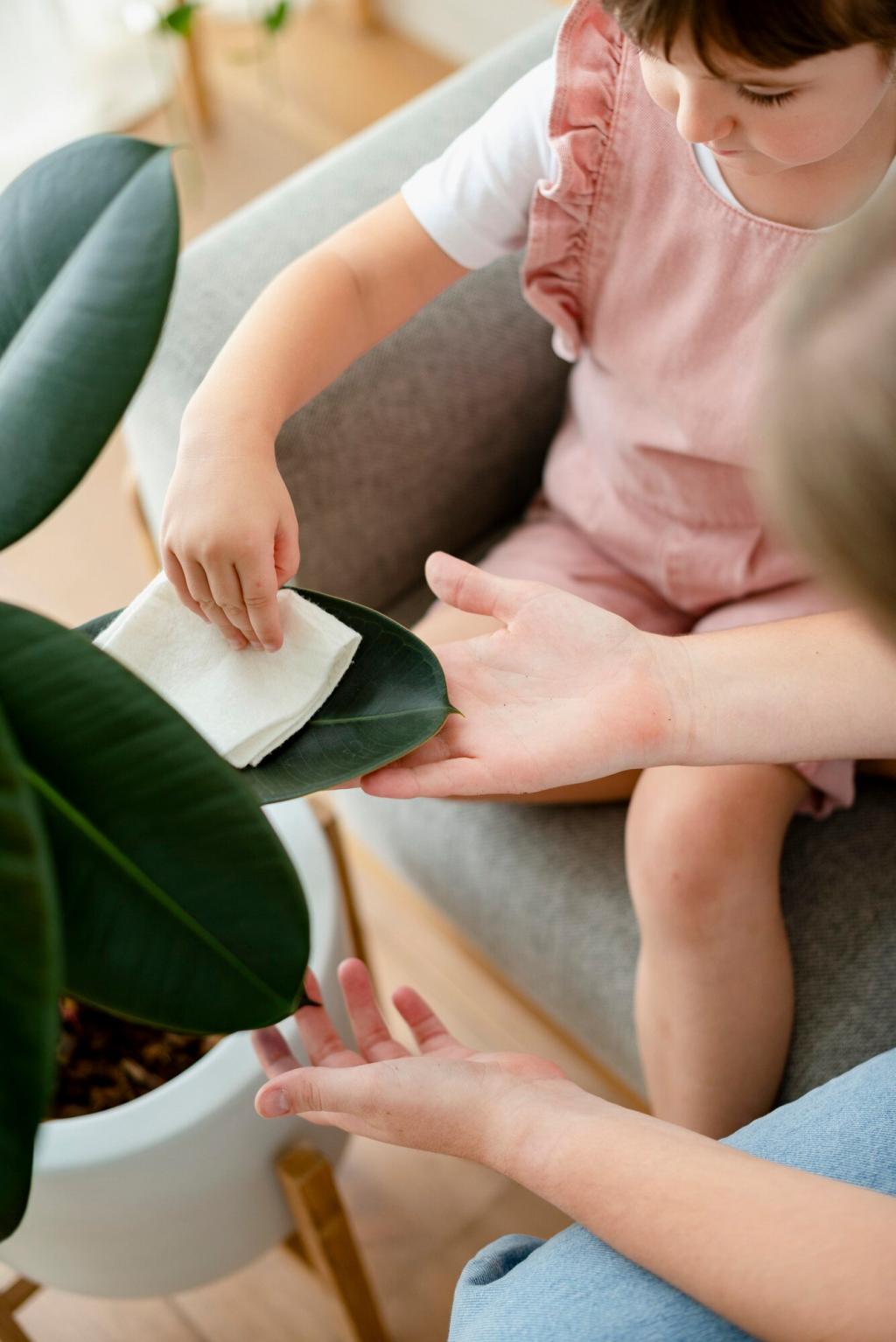
Why Integration Works: The Science Behind Art in Therapy
Drawing, painting, and collage can calm the amygdala, activate sensory-motor circuits, and support default mode network balance. These shifts often translate into improved emotional regulation and reduced rumination, especially when paired with cognitive restructuring or mindfulness-based practices. Share your observations or questions, and subscribe for deeper neuroscience breakdowns.
Why Integration Works: The Science Behind Art in Therapy
Meta-analyses and randomized trials suggest art-informed interventions can reduce depression and anxiety symptoms, ease trauma distress, and boost therapy adherence. When clinicians integrate creative tasks with conventional goals, clients often report a stronger sense of agency. Tell us which studies you rely on and what results you are noticing in practice.
From Intake to Intervention: A Practical Integration Map
Begin with informed consent, clear goals, and a brief creative history. Ask about comfort with materials, sensory sensitivities, and cultural meanings of imagery. This frames art tasks as purposeful tools aligned with the client’s existing treatment plan. Share how you screen for readiness, and subscribe for downloadable intake prompts.
From Intake to Intervention: A Practical Integration Map
Open with regulation, introduce a concise art task tied to the session target, then process with evidence-based techniques. Close by translating imagery into functional coping steps. This rhythm keeps sessions focused and outcomes consistent. Tell us how you time art segments, and join our community for session templates.
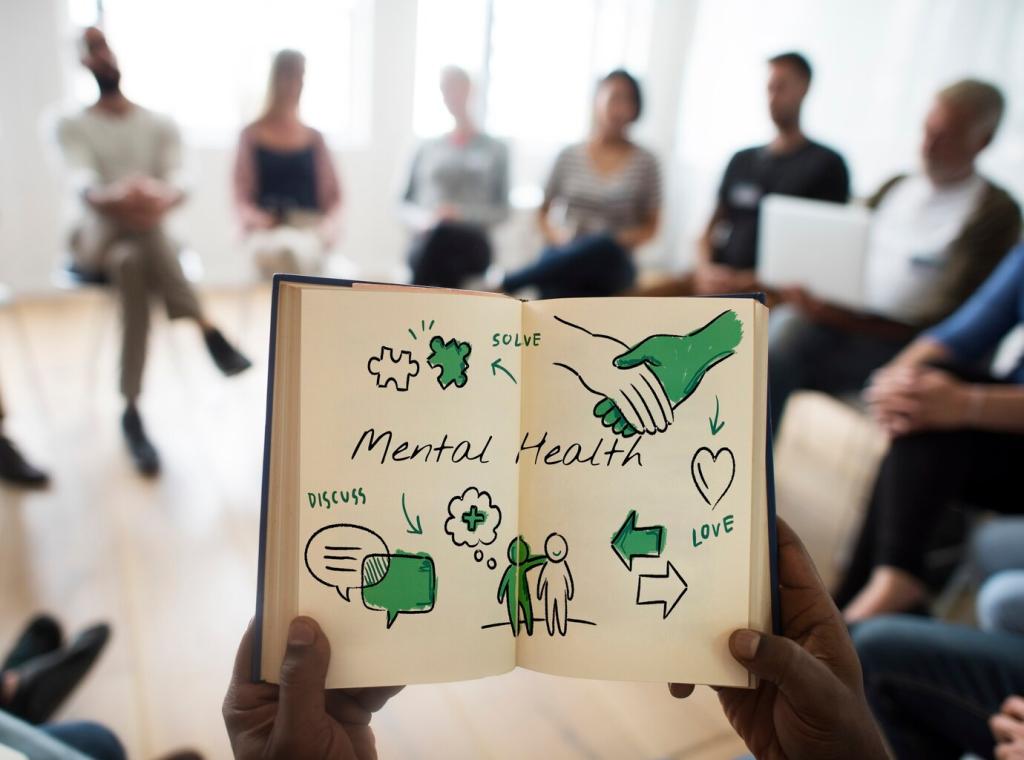

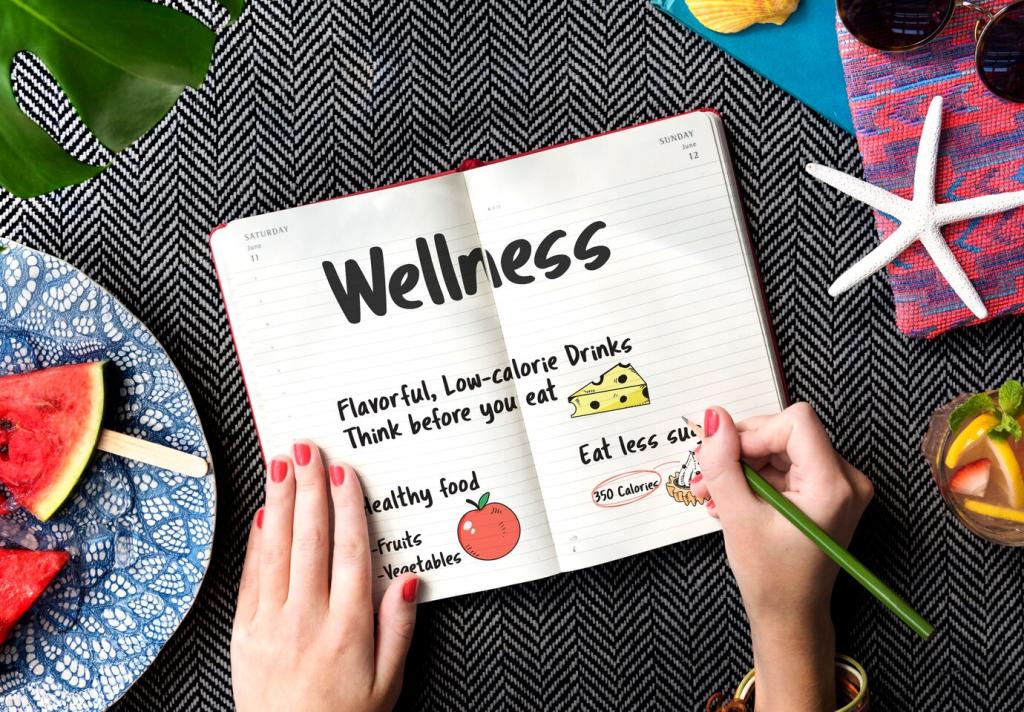
Choosing the Right Media
Soft pastels and markers offer low-barrier expression; clay supports grounding; collage invites narrative without demanding drawing skill. For trauma work, avoid highly fluid media early on. Share your go-to starter kit, and subscribe for a materials matrix aligned with treatment goals.
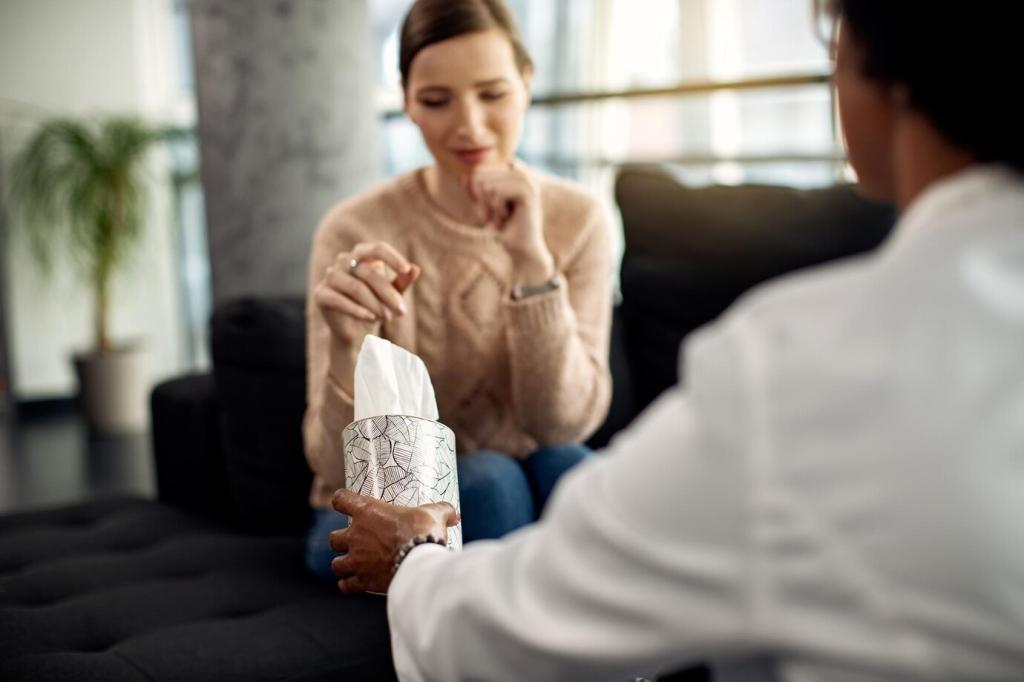
Sensory Comfort and Boundaries
Offer alternatives for texture or scent sensitivities, and set clear limits around content that may overwhelm. Build choice into each task to reinforce autonomy. Tell us how you create a calming studio corner in a standard office, and follow for sensory-informed setup tips.

Cultural Humility and Imagery
Discuss symbolism respectfully, avoid assumptions, and invite clients to define meanings in their own words. Encourage clients to bring culturally meaningful colors or patterns. Share how you navigate imagery respectfully, and subscribe for reflective prompts that deepen cultural attunement.
A Story of Change: Maya’s Panic Meets the Page
Starting Point: Panic and Avoidance
Maya arrived with frequent panic episodes and avoidance of crowded spaces. Traditional psychoeducation helped, yet verbal processing stalled under intense fear. A simple charcoal sketch became a bridge, mapping her body sensations during early triggers. Share similar turning points, and subscribe for more case vignettes.
Integrating Art with CBT Exposure
Before in vivo exposure, Maya created a three-panel storyboard of a challenging bus ride. The images externalized dread, then rehearsed coping steps. During exposure, she carried a small color card reminding her of breathing rhythms drawn in session. Comment with strategies you pair with exposure work.
Measurable Outcomes and Meaning
Over eight weeks, her panic frequency decreased, and she reintroduced short rides. Her sketches evolved from jagged chaos to steadier lines, mirroring functional gains validated by symptom scales. Tell us how you track symbolic change, and subscribe for outcome-tracking templates that respect artistic nuance.
Teamwork That Elevates Care
Psychiatrists manage medication, therapists guide evidence-based frameworks, and trained art therapists lead creative processes. Shared plans align art tasks with goals, avoiding duplication and drift. Share how your team coordinates, and follow us for communication scripts that keep collaboration smooth.
Teamwork That Elevates Care
When adding art components, seek consultation from credentialed art therapists. Supervision supports ethical boundaries, trauma sensitivity, and scope clarity. Tell us your supervision wins, and subscribe for a curated list of peer groups and learning communities to deepen your integration skills.
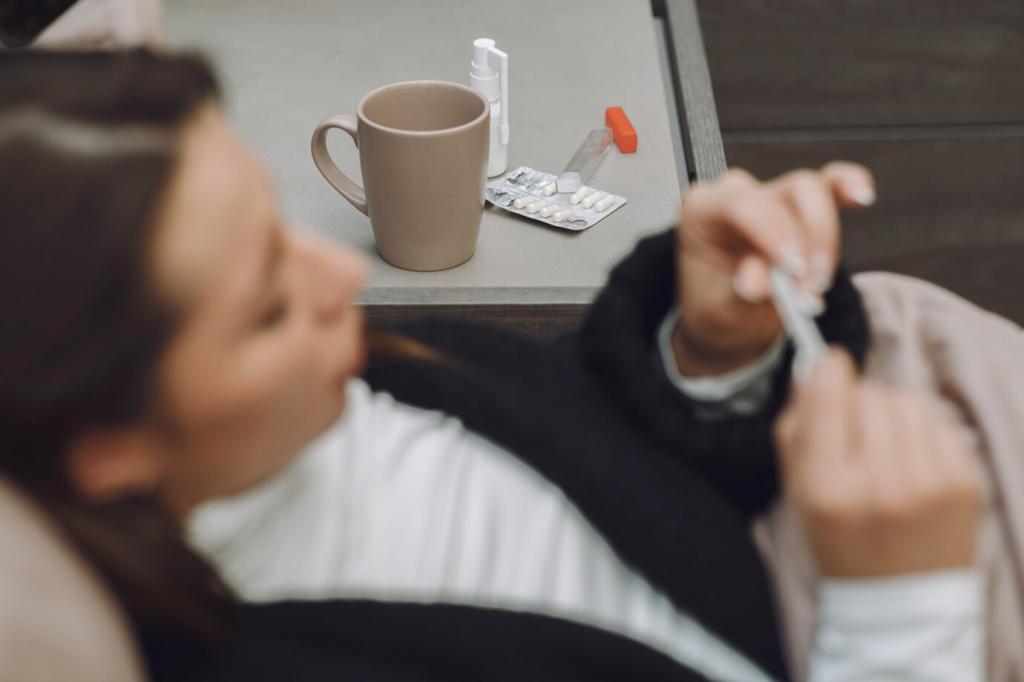
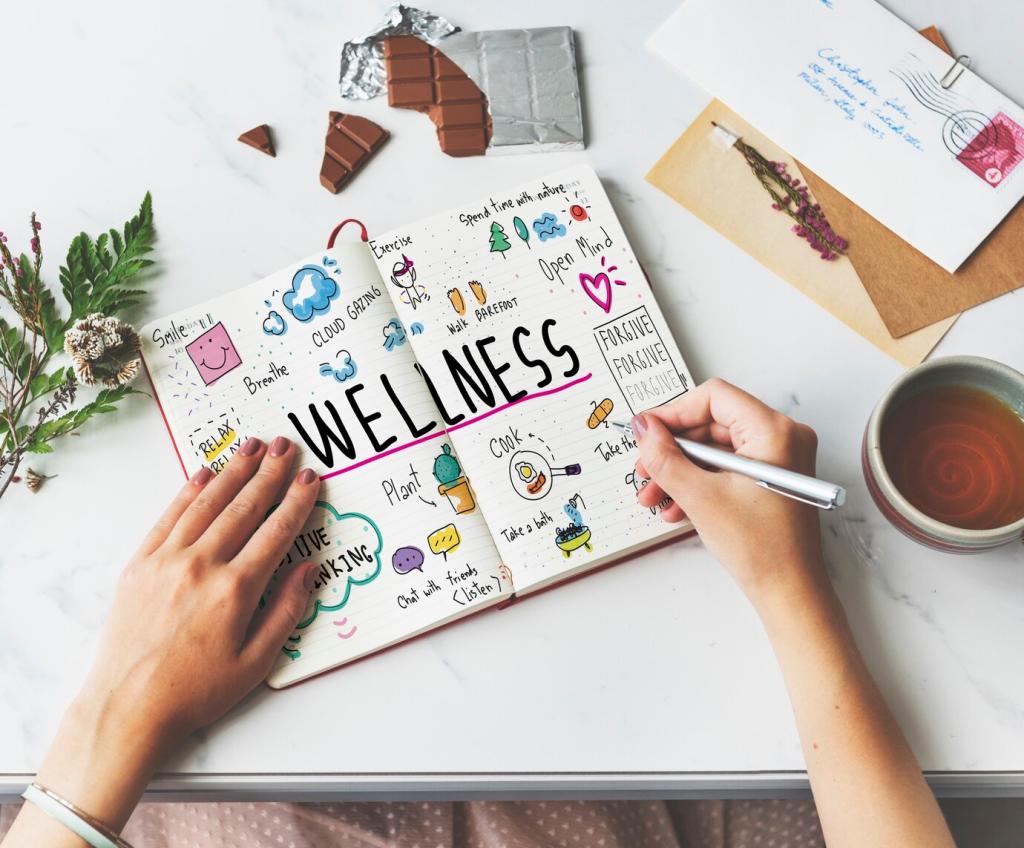
Use PHQ-9, GAD-7, and PCL measures at regular intervals. Link score changes to specific art tasks and therapy strategies. Share how you visualize data trends for clients, and subscribe for dashboards that translate numbers into motivating feedback.

